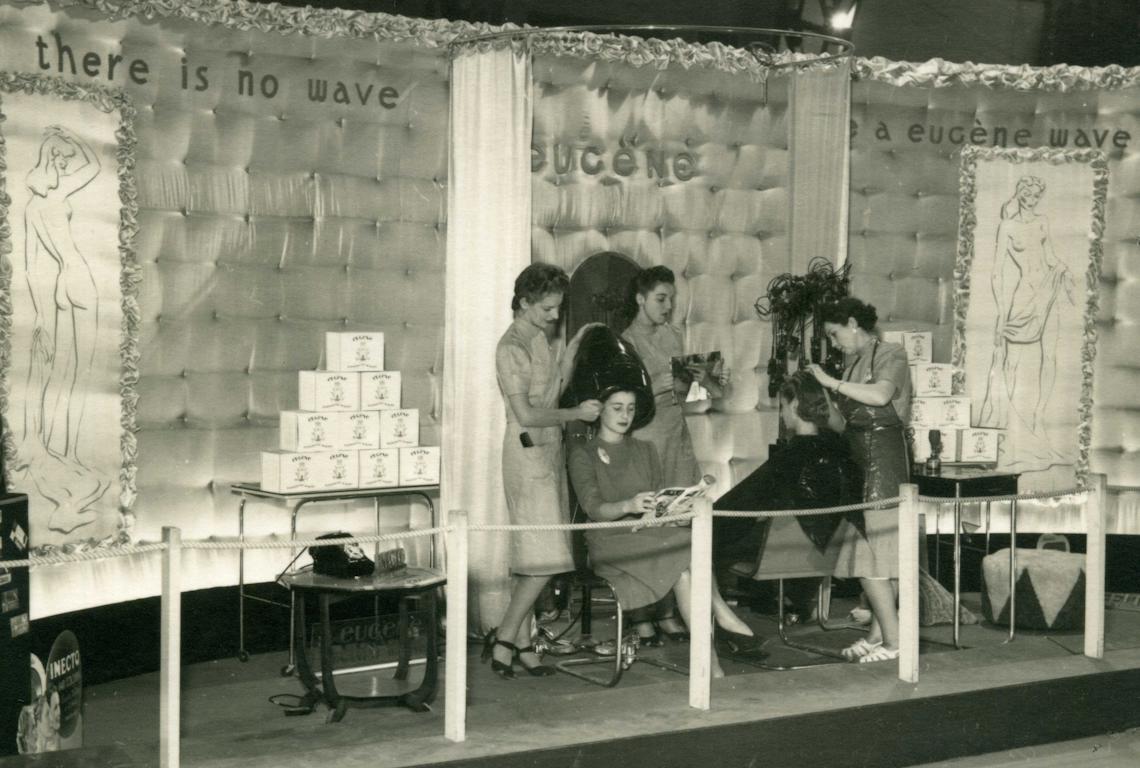Temple of Beauty Heritage Highlight

Temple of Beauty – An Unusual Wartime Highlight
With World War II raging in Europe and part of the Moore Park showground occupied by the army – threats to abandon the staging of the Royal Easter Show in 1941 were met by howls of protest. But eventually, in a scaled down version, the Show was allowed to go ahead.
Calling it the ‘Royal Empire Show’, the RAS aimed to highlight Australia’s solidarity with the Allied war effort and a special section named the ‘Temple of Beauty’ was created in the Manufacturers Hall to celebrate the role that women were playing in primary and secondary industries during wartime.
Staged with the assistance of Australian manufacturers and the Australian Wool Board, the Manufacturers Hall was completely transformed. Half the hall was turned into a theatre for women only and in the remainder a serpentine path, the ‘Highway to Happiness’, wound its way through a series of unusual displays which employed nearly 100 female models and highlighted an intriguing series of manufactured domestic products for the home and garden.
Real ‘bathing beauties’ splashed in a glass swimming pool surrounded by a lovely garden; others trod grapes in an old wine press; nurses played with toddlers on special play equipment; a woman washed ‘unshrinkable and durable’ woollen garments in a running stream; others tried on hats, had their hair done, shared lingerie and beauty secrets, or conducted multiple cooking demonstrations.
Wool was featured heavily to show its versatility and wearability. A special daily fashion parade, ‘70 minutes to 70 years’, highlighted wool fashions for babies to the aged, with the latest dresses, hats, jumpers, dressing gowns and swimming costumes. Mannequins paraded on a special platform under a great woollen clock. On one side of the clock woollen ‘frocks’ were displayed and on the other, a map of Australia showing wool growing areas and the multiple merits of wool.
The 1941 Royal Empire Show and the glorification of Australia’s wool industry was a moral boosting success and three-quarters of a million people attended the Show that year. Sadly though it would be the last show to be staged until the War was over. Eager showgoers were forced to wait until 1947 for the next one.